Last week, City Hall in central London played host to the launch of a manifesto for the future development of the capital.
However, far from expressing the ambitions of career politicians and seasoned activists, the document was produced by a diverse group of young people from both inner and outer London boroughs and is intended to set out their concerns and aspirations.
The My City Too! manifesto was organised by built environment charity Open City and started from the premise that decisions made today by developers, planners, architects and politicians will shape the development of London for decades to come.
Today’s teenagers, therefore, will have to live with the results of those decisions and their opinions must be taken seriously, according to the charity.
“What is the city doing for its teenagers?” asked Open City director Rory Olcayto. “What young people say matters. The new mayor must listen to their demands.” Below, we set out the manifesto point by point.
1. “We want to live in the city where we grew up. Build houses in London that we can afford to buy.”
The first point in the manifesto was addressed by Bilal Khan from Wandsworth, who spoke about how worried young people are about the increasing unaffordability of housing in their city. The result, he said, is that young people are increasingly moving out of London or to other cities entirely to find a better quality of life. “The diversity of London is being threatened by rising prices,” he added. “Youths are moving to other cities and taking their culture with them.”
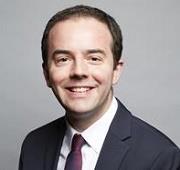
Deputy mayor for housing James Murray agreed that affordability is a massive challenge. “I grew up in London and I know how much things have changed,” he said. “Building affordable housing is really hard because you have to deal with councils, developers, housing associations and so on.”
However, he said that since his appointment after the mayoral election earlier this year, he has been meeting with all parties and there is a consensus that the issue has to be addressed. “There has been a really positive reaction - people recognise the issue,” he said. “There is an appetite and, once we’ve got people mobilised, we can build the right sort of houses.”
Murray said these included social rent and different forms of shared ownership, but he also reminded the young people that the new mayor Sadiq Khan has pledged to introduce a ‘London living rent’ for some homes. “So instead of chasing the market and rents forever going up, the rule of thumb is that only a third of your income should go on housing costs,” he said.
2. “London is our ‘living room’ - it’s where we hang out with our friends. Furnish the streets with spaces and places designed with us in mind.”
Young people speaking at City Hall said they needed safe, free spaces in which to develop their extracurricular interests.
“As teenagers, we are confused and trying to find ourselves,” said Lee-Roy Zozo from Waltham Forest.
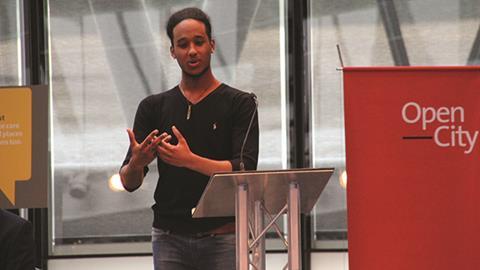
“Having a place where we can chill and be inspired by creative people is really important.”
Zozo cited the Granary Square development in King’s Cross as a great example to follow.
3. ”We want to be involved in the design of our neighbourhoods. Consulting young people should be a key part of the planning process.”
The manifesto asserts that the strongest communities are built from the ground up and that ensuring young people’s design ideas are sought out and listened to would be a real step in the right direction.
“If people are involved, it means they have more of an interest in their neighbourhoods,” said Jordan Dreddy from Richmond. “It means they will take care of their spaces. Planners need to work with young people to produce buildings that young people like - not ones they think they will like.”
Responding, Lucy Seymour-Bowdery, the Royal Town Planning Institute’s young planner trustee, agreed that having young people involved in planning should be a priority.
“Taking different needs into account is at the heart of good design,” she said.
4. ”We want our neighbourhoods to feel as safe as central London. That means better lighting, wider paths and clear views.”
Teenagers, according to the manifesto, have as much right to feel safe in their city as any other citizens - and planning should take account of this and draw on their ideas.
“If we have safe neighbourhoods, people will go out and get involved in their communities,” said Teddy Osborn from Bromley.
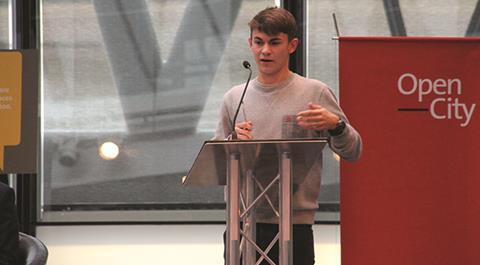
“It was the strongest message that came out of our survey. Part of it is about design - in central London you have wide streets and good lighting. It isn’t the same in outer London boroughs.”
5. ”Public transport in the outer boroughs is not as good as the links to central London. We want free transport connecting our neighbourhoods together.”
Transport in London is set up for the benefit of commuters, not young people, the manifesto emphasises. As a result, journeys can be frustratingly long and expensive, even when they only cover relatively short distances.
Luke O’Donovan from Bromley said that reliance on free bus passes means that young people end up spending hours commuting to school or college - time that could be more usefully spent on other things. “If you need to take an hour or two to get somewhere, then it has an impact on everything, from whether you have breakfast or have time for socialising.”
O’Donovan added that poor links across outer London also created problems for young people. He told of one contributor to the manifesto’s survey who said he faced a journey into central London and then back out again in order to visit his divorced parents who live in different parts of outer London.

Responding to the concerns, Lucinda Turner, acting borough director at Transport for London (TfL), said that everything TfL does has to be backed up by a business case - and that money is tight, with fares currently making up 40% of TfL’s revenue. “I don’t disagree with anything you’ve said; the challenge is making it happen,” she said.
However, Turner said that the mayor’s office is introducing a new ‘hopper’ ticket to make bus travel cheaper and investing in better interchanges in the outer boroughs to help people get around more efficiently. She added that walking and cycling are often practical options and that TfL is aiming to improve routes
in outer London.
6. “Air pollution is a real threat. London’s future must be clean and green.”
Santiago Wagner, from Haringey, told the meeting at City Hall that he is “really frightened” about the impact that London’s poor air quality will have on his five-year-old sister, noting that current levels of nitrous oxide can prevent lungs from developing properly and result in almost 10,000 premature deaths a year.
“Under current plans we will be breathing this air until 2030,” said Wagner. “There are still large numbers of schools subject to high levels of pollution.
“As a teenager, I am very worried about the future of London. We are the future of London and we need a place where we will feel safe and not have to worry about the effect of the air on our health.”
7. “Well-maintained neighbourhoods last longer. We must take care of our buildings and places for future generations too.”
The manifesto urges that if a place is well maintained it implies that it is cared for: that it has value and should be kept that way.
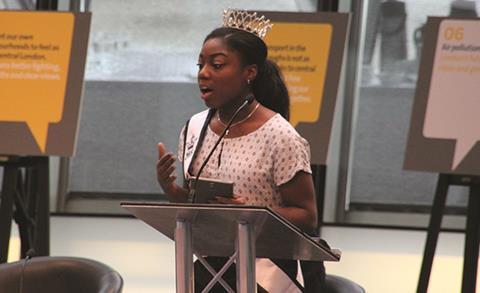
“Every single young person surveyed said that clean places are important to them,” said Monique Narh from Brent.
“When a place is clean, it tells you how to behave. It makes you feel relaxed and happy to be there.”























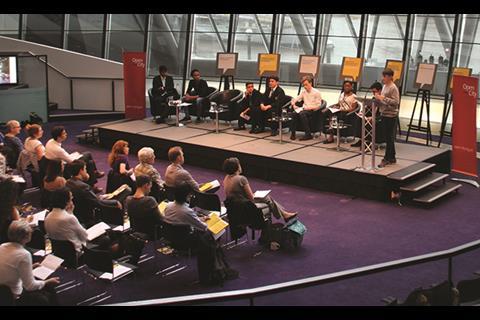





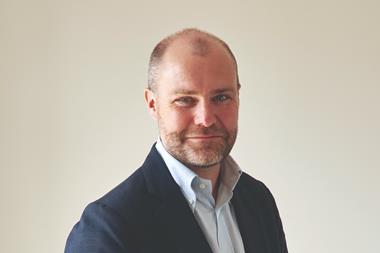




No comments yet